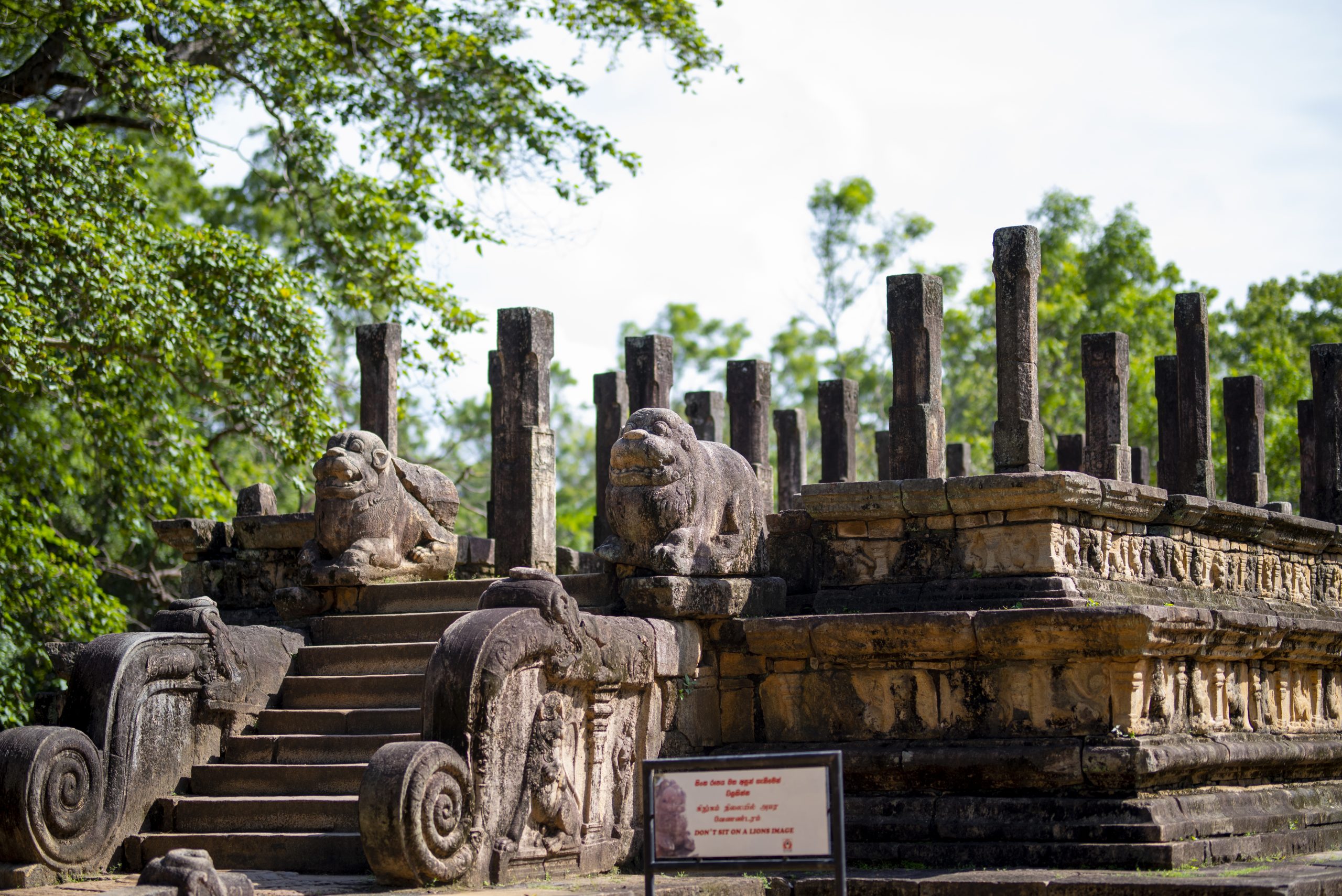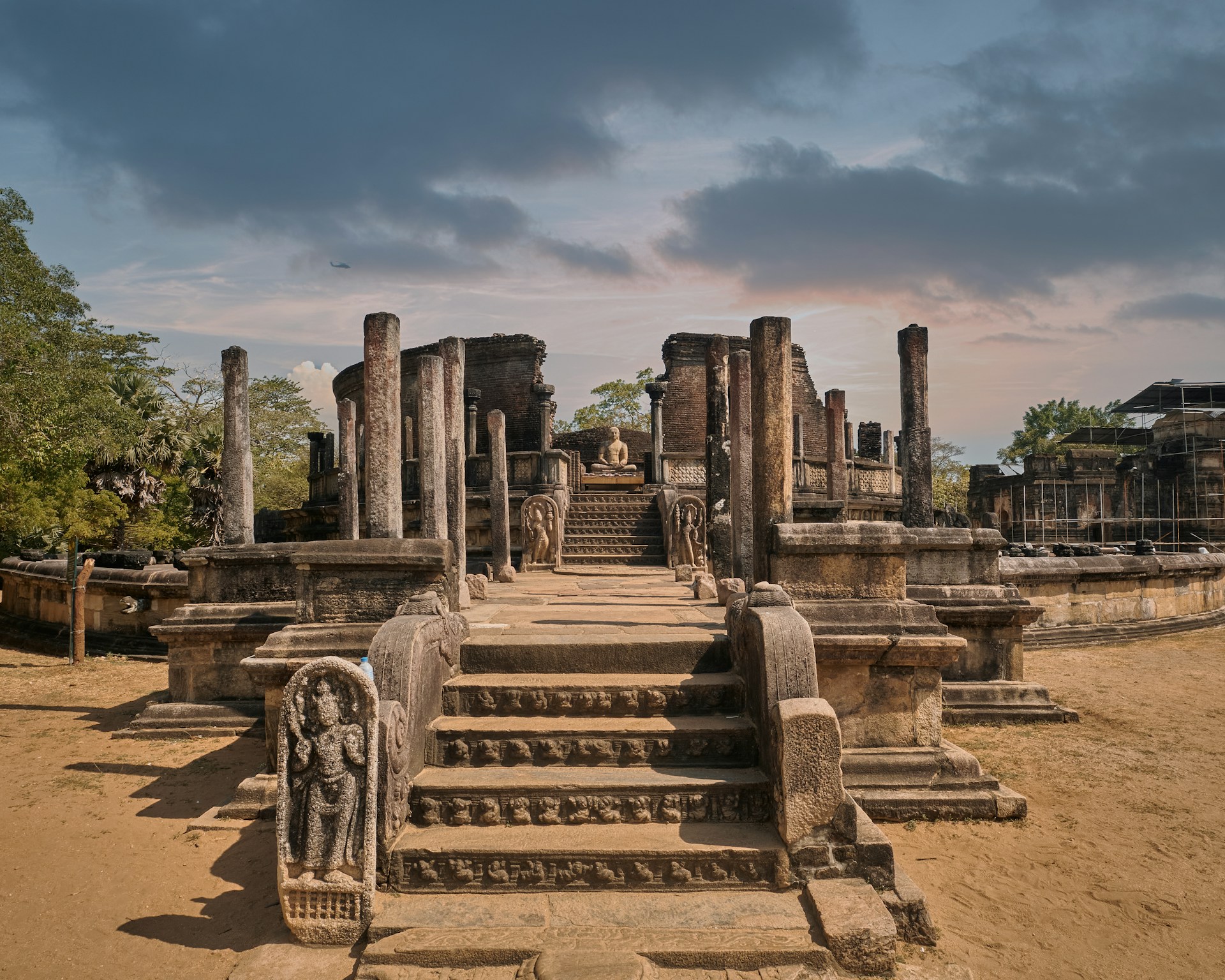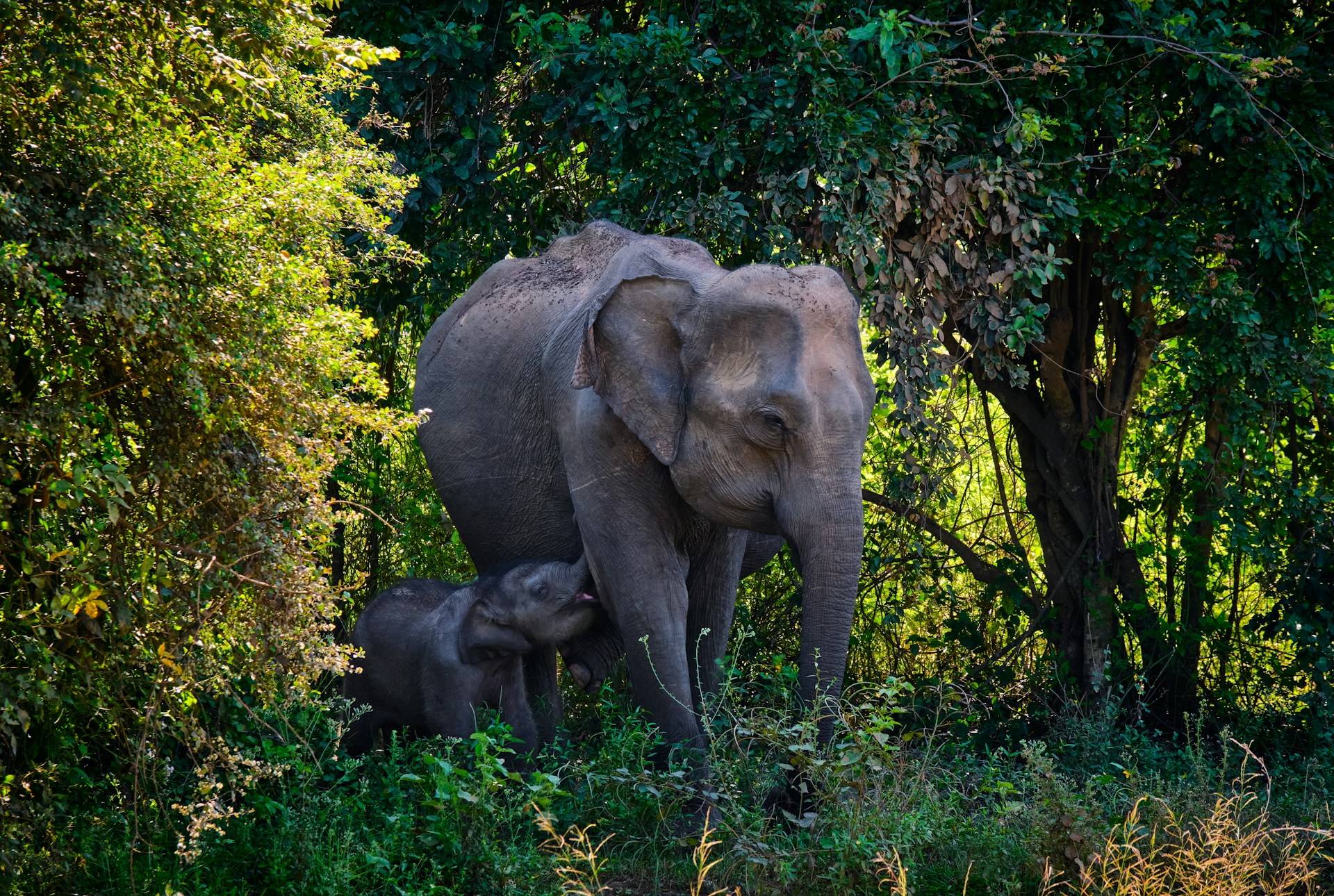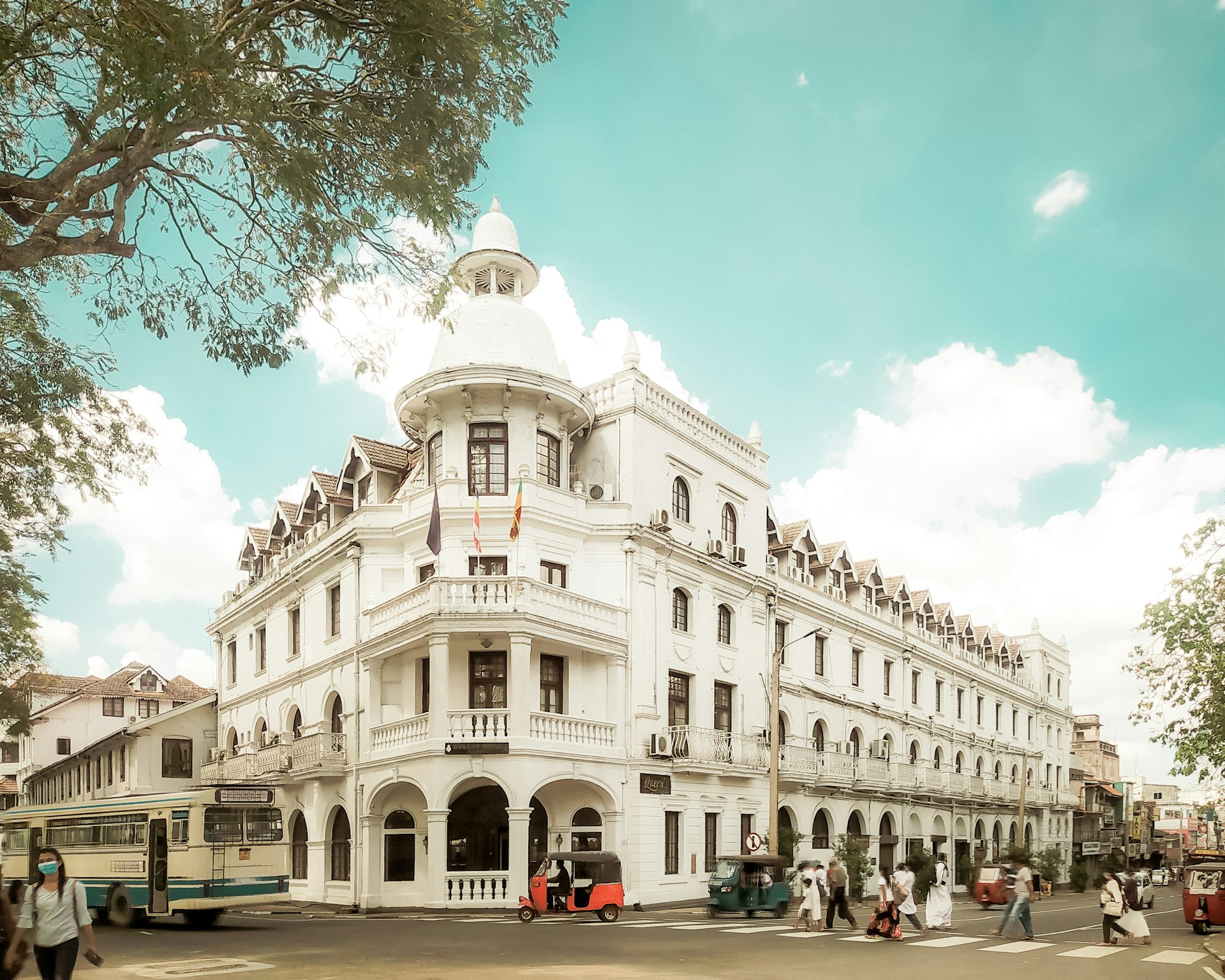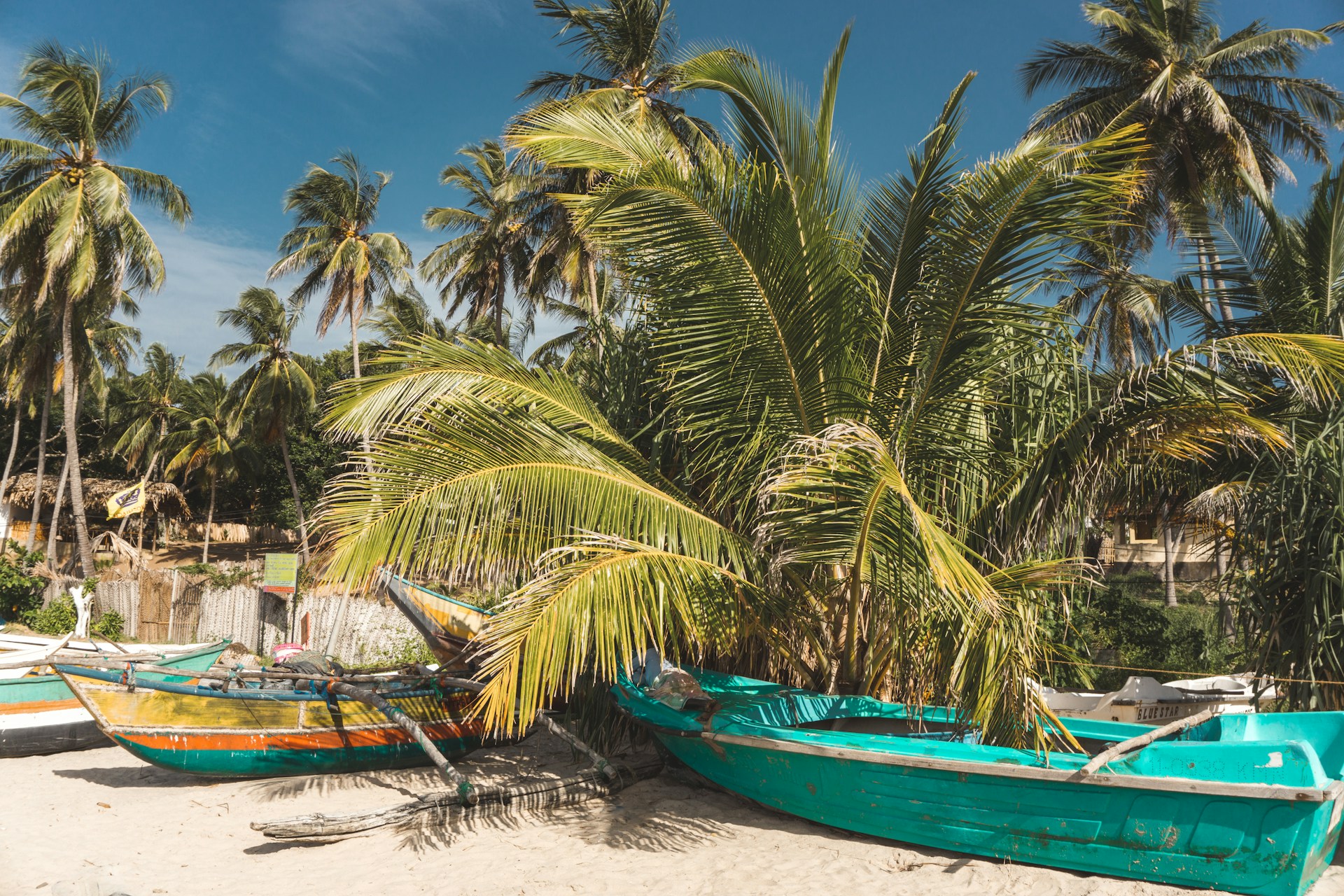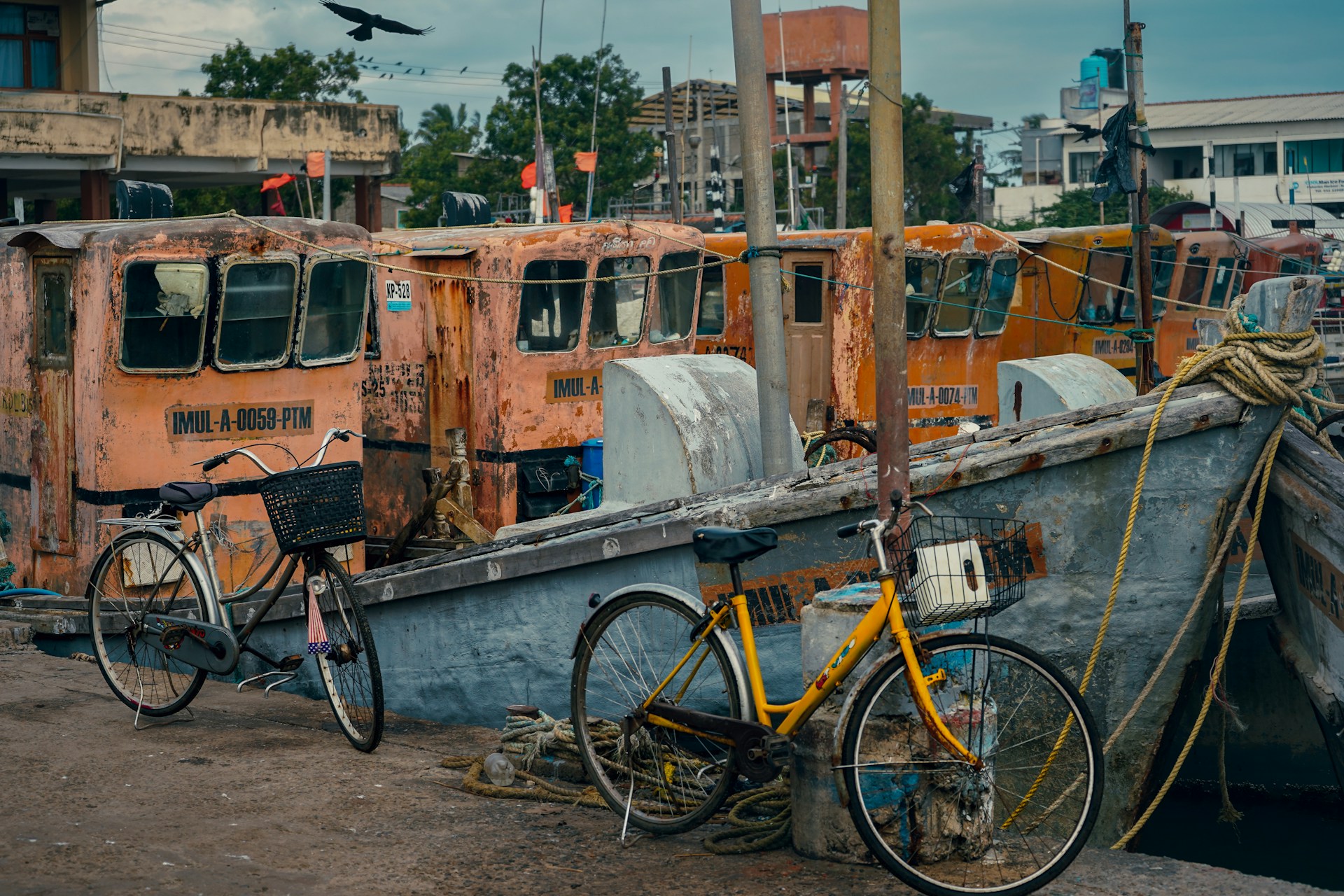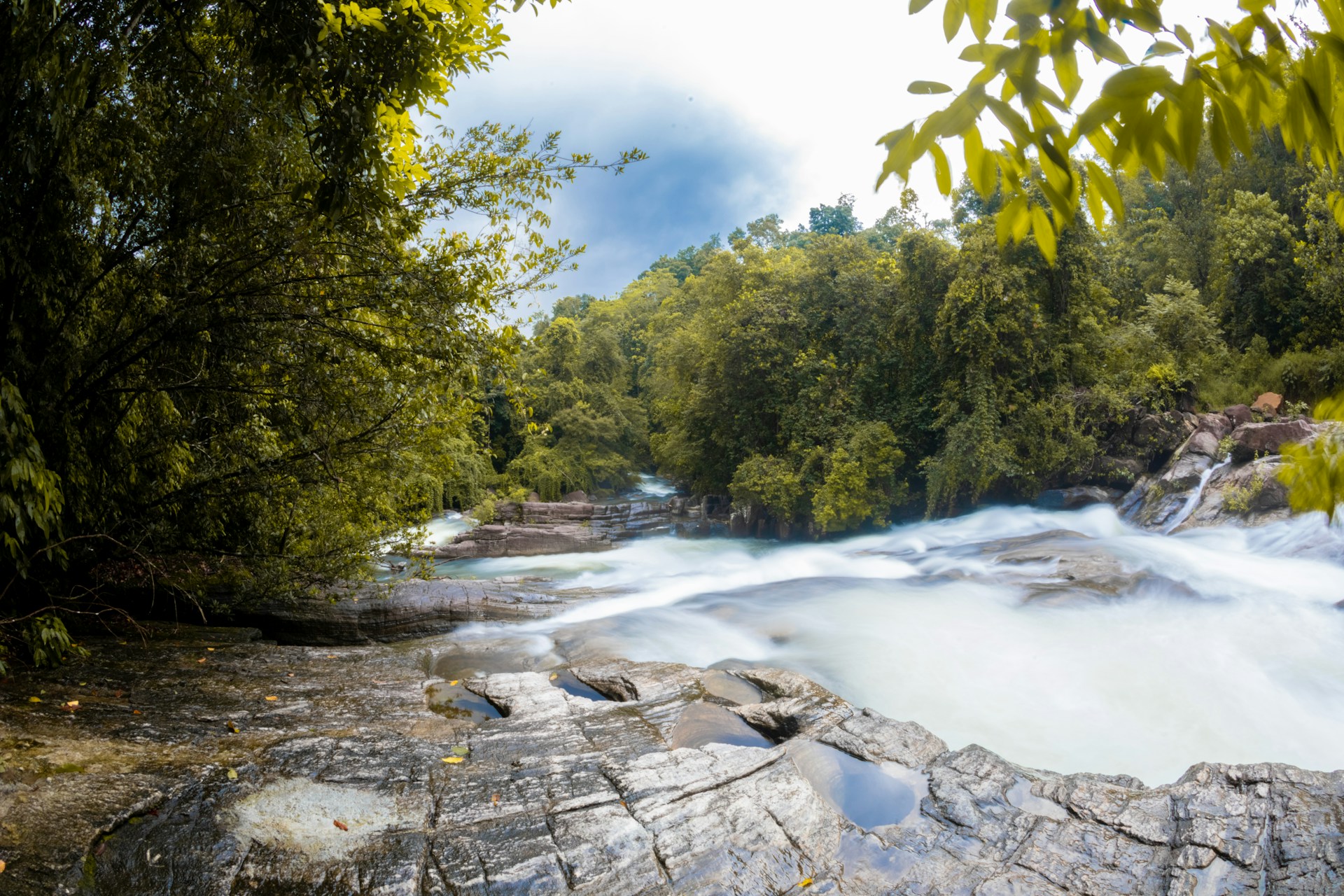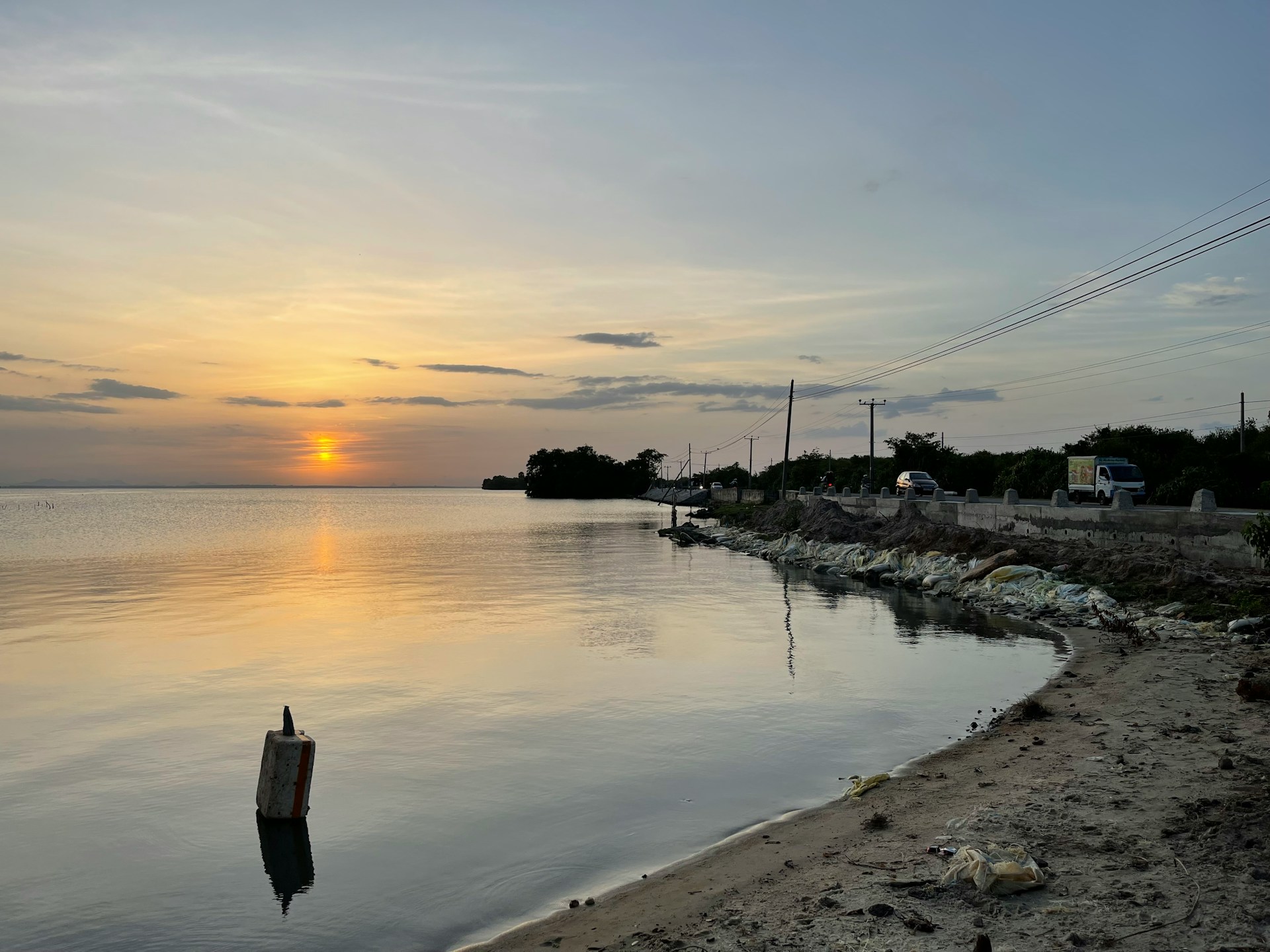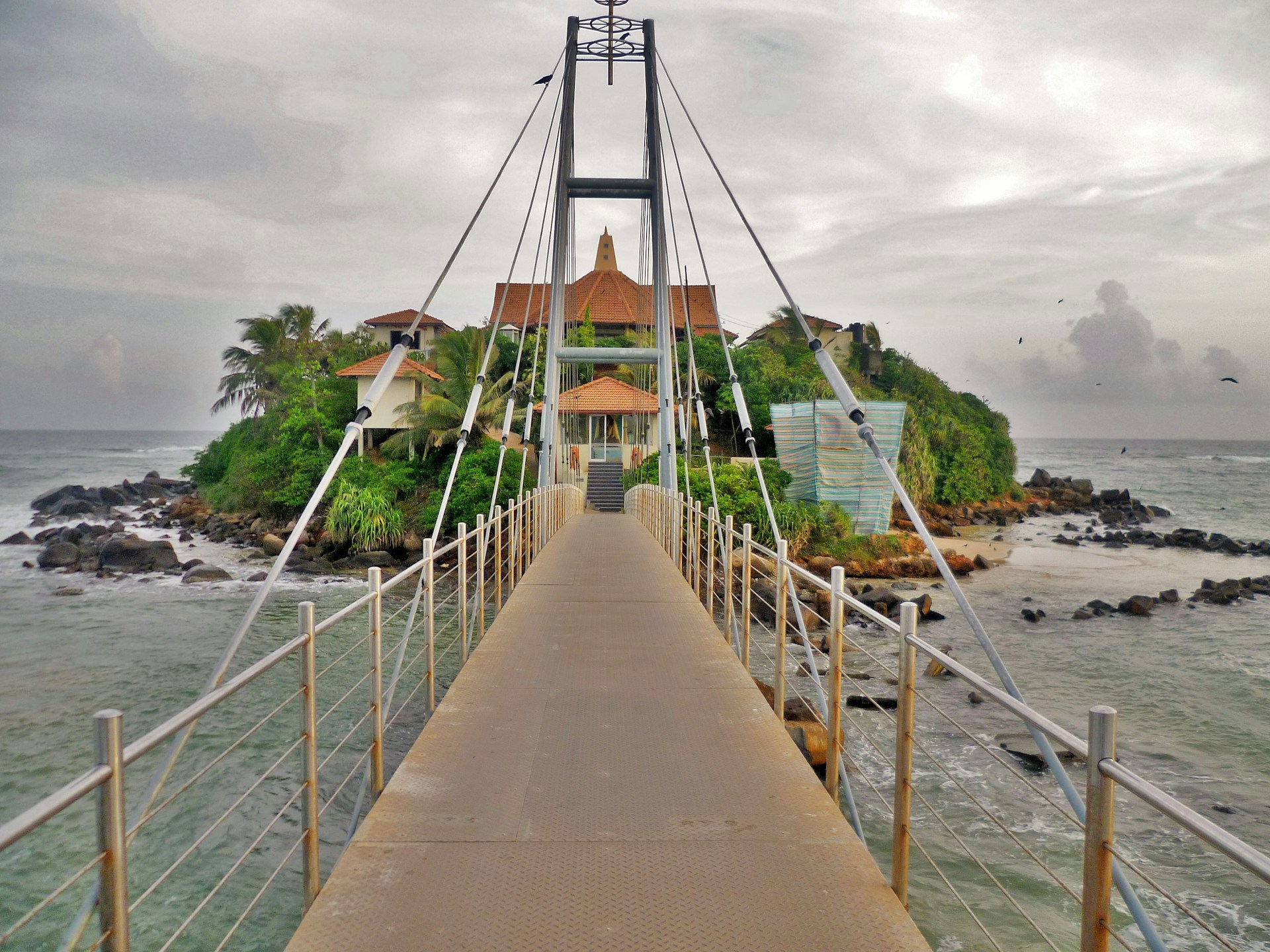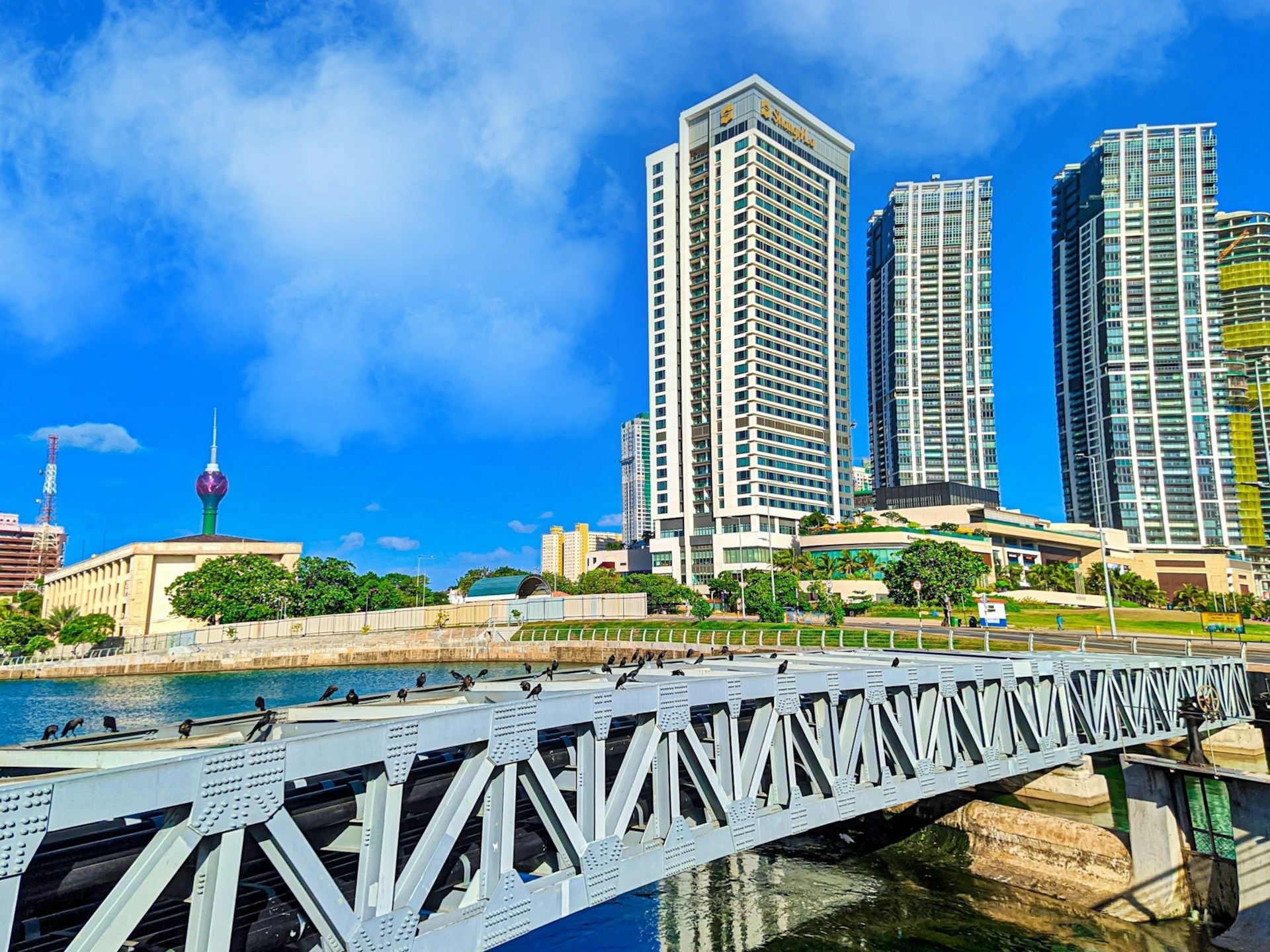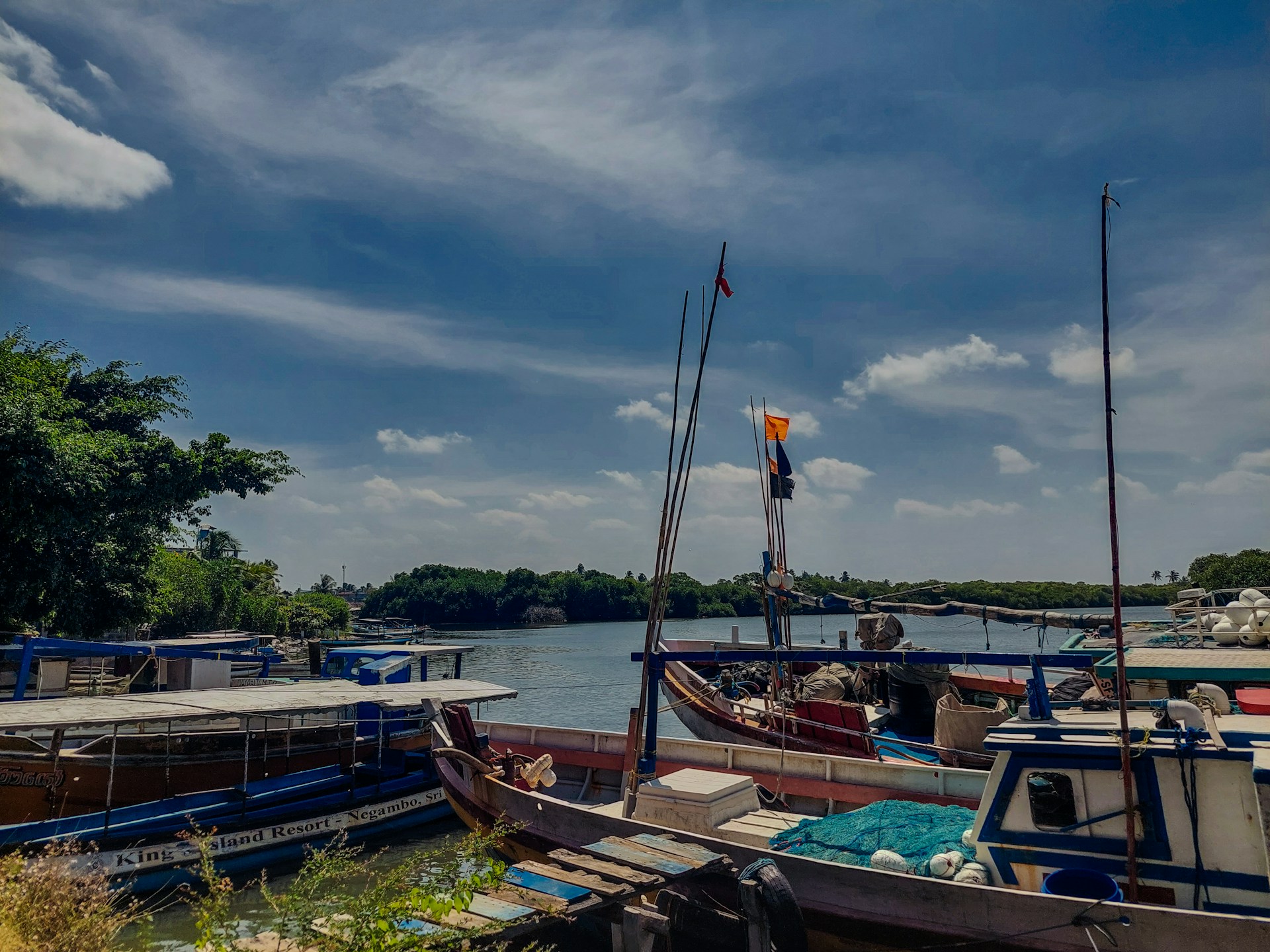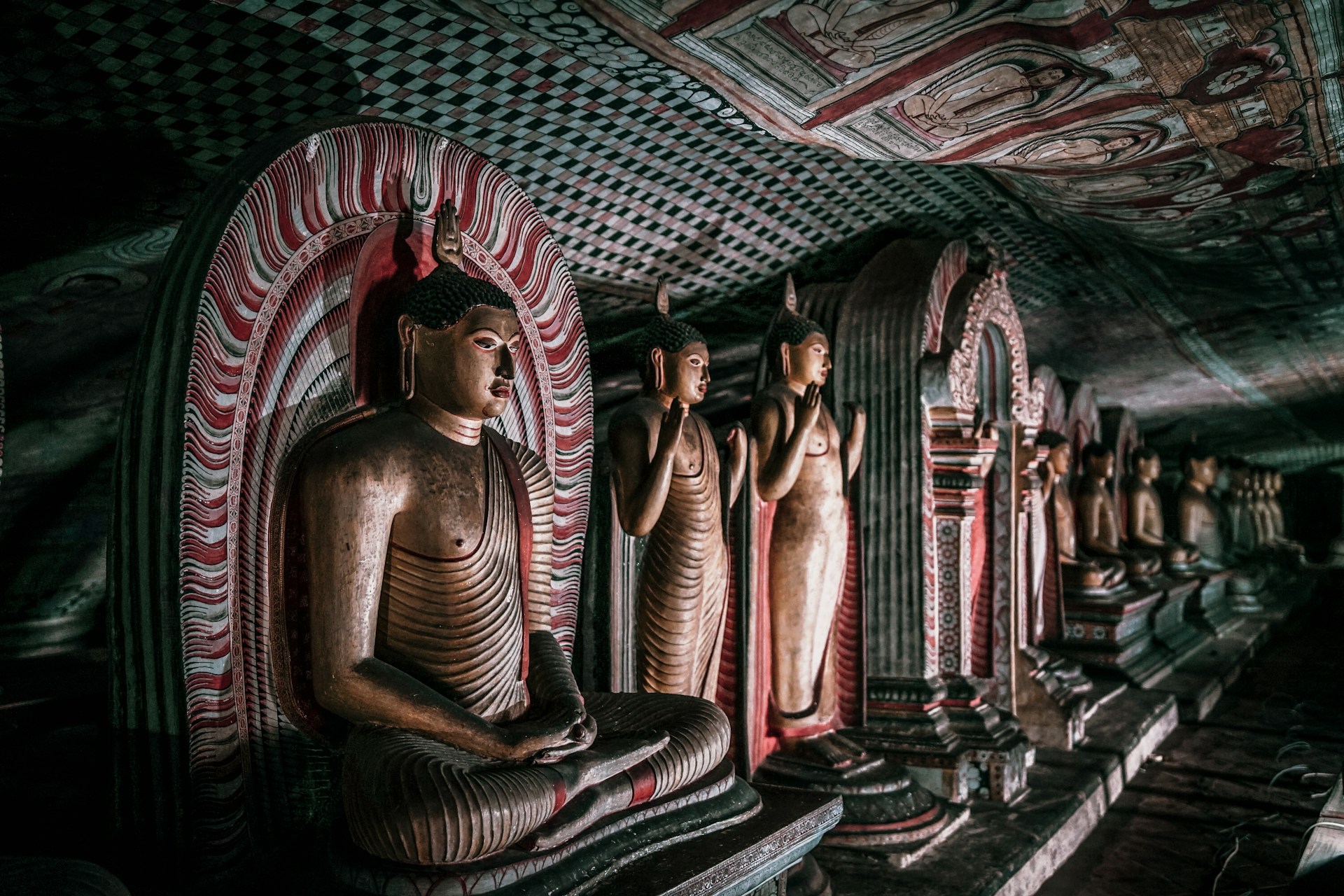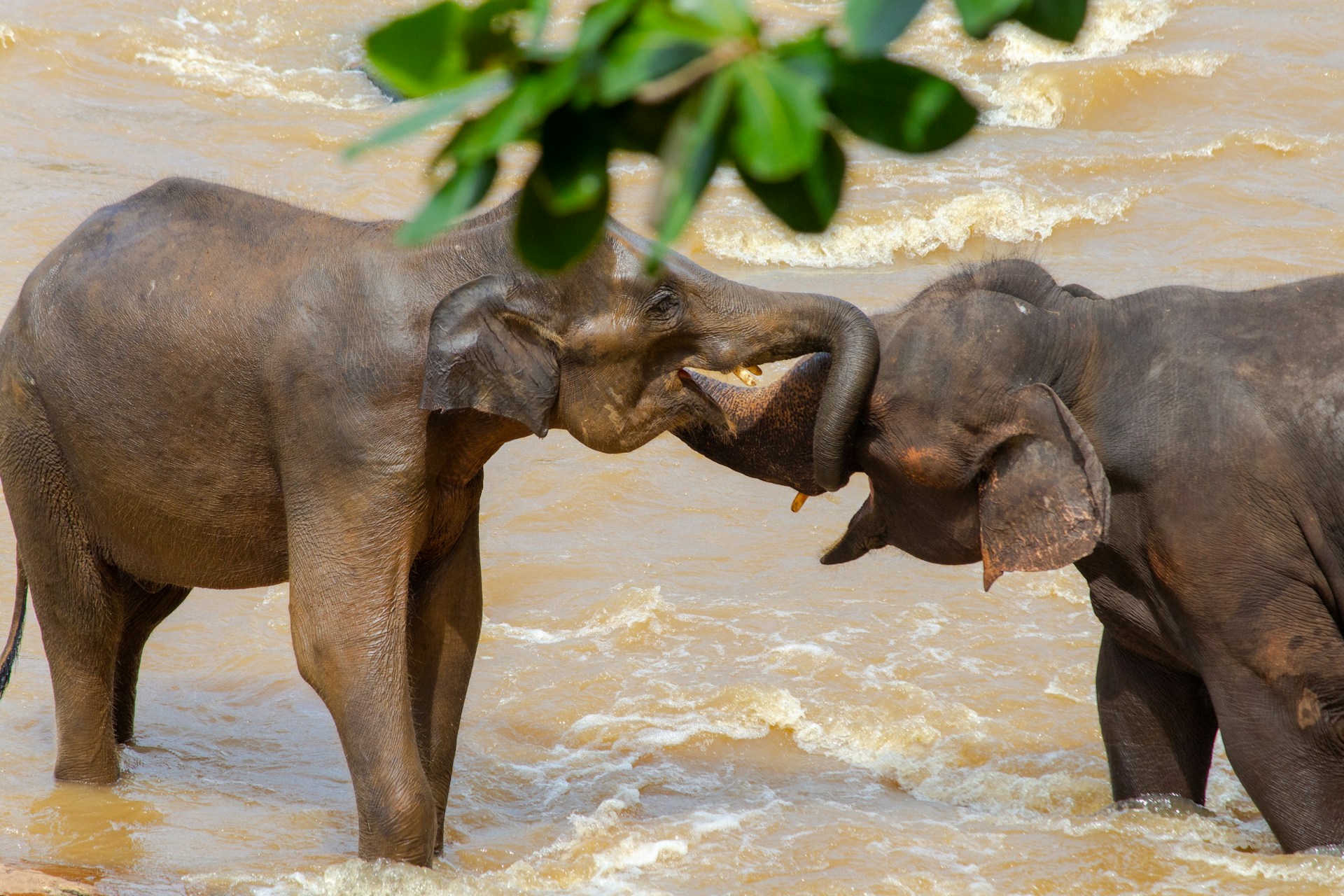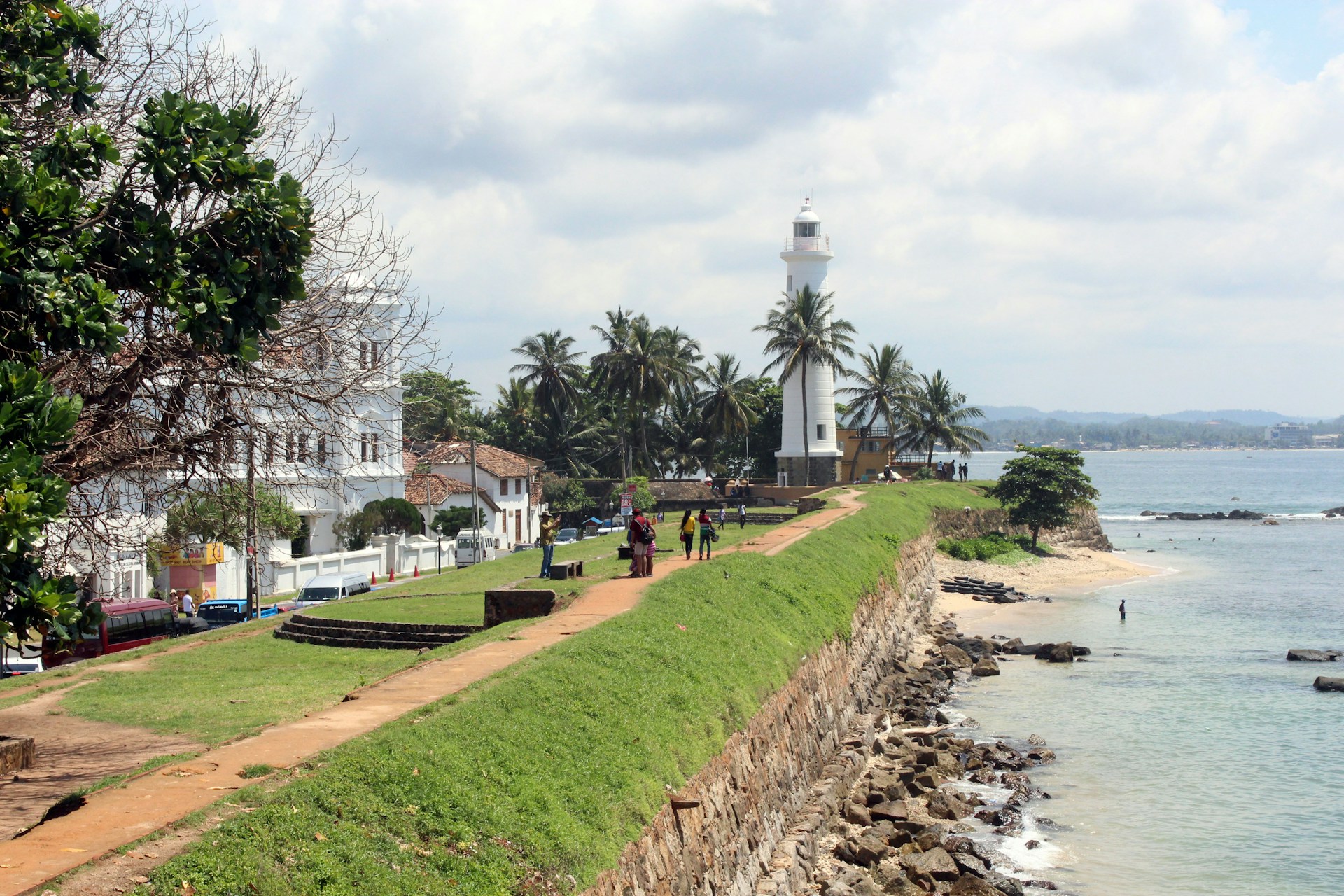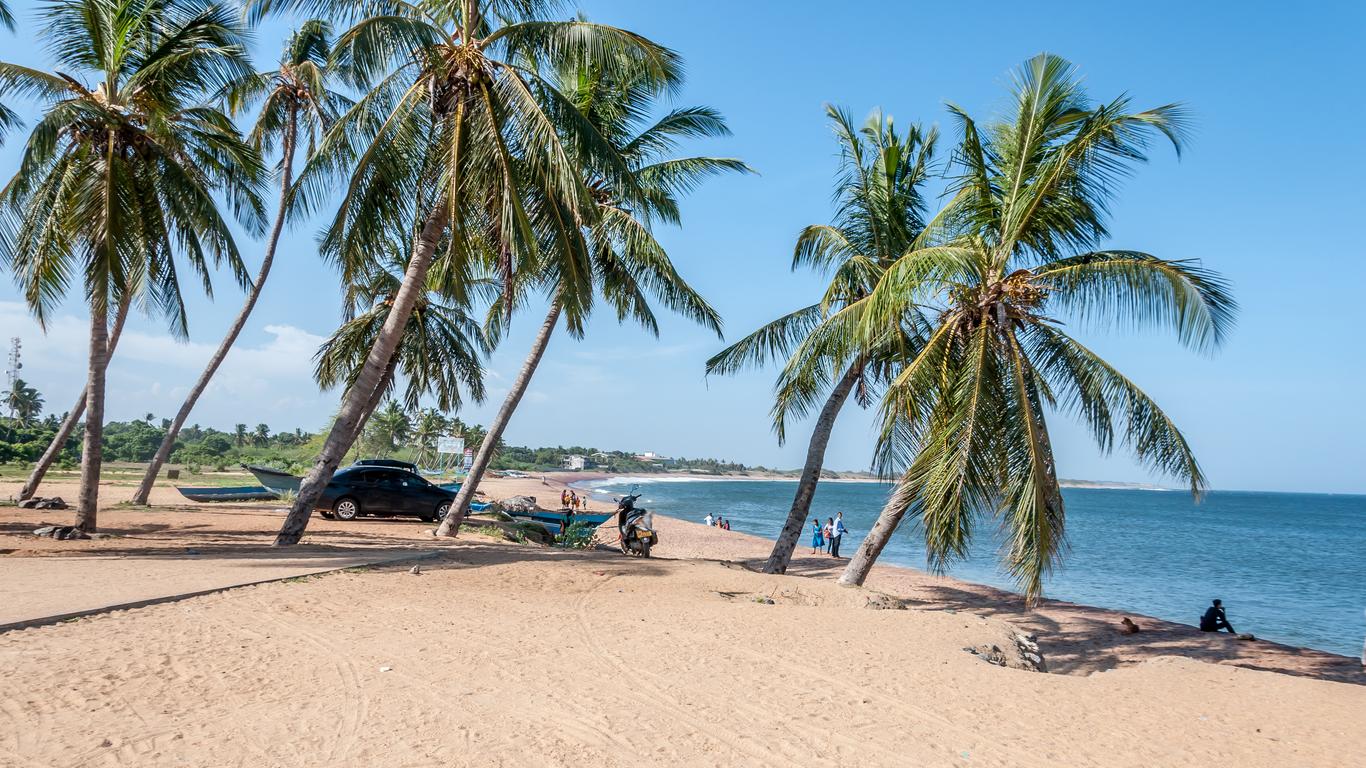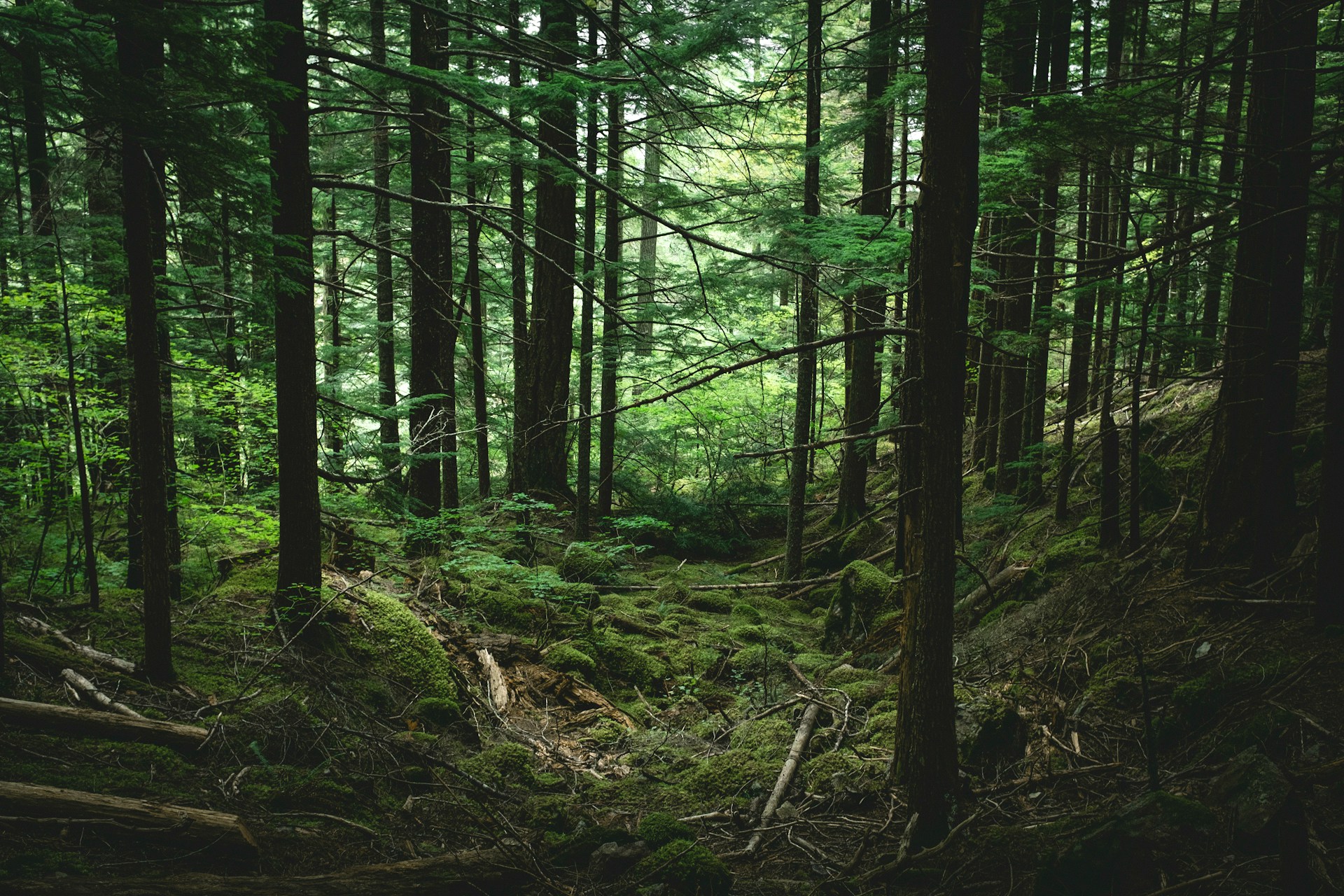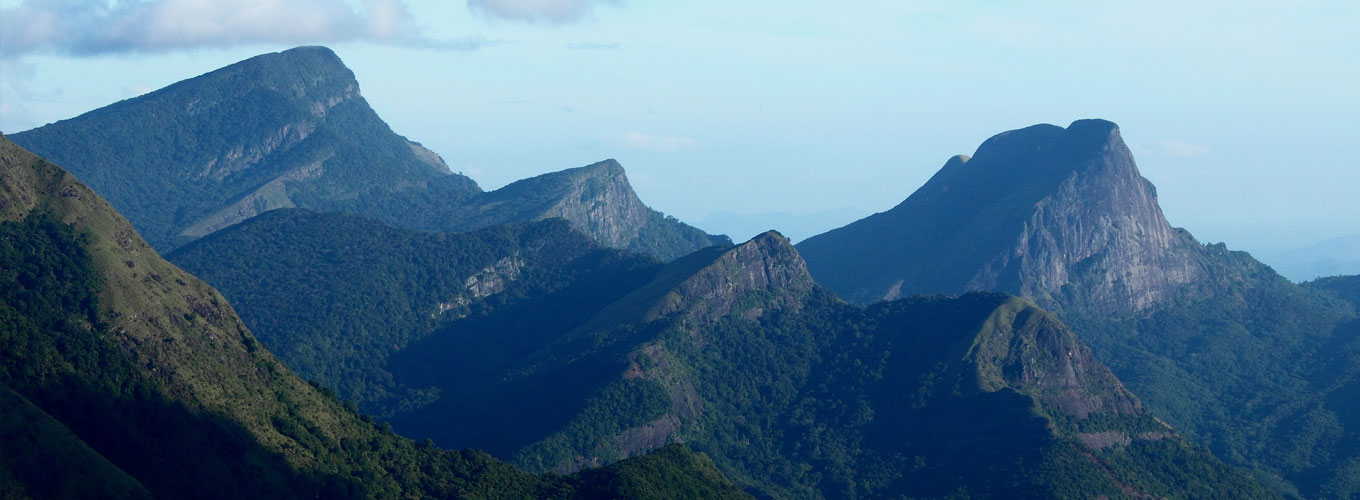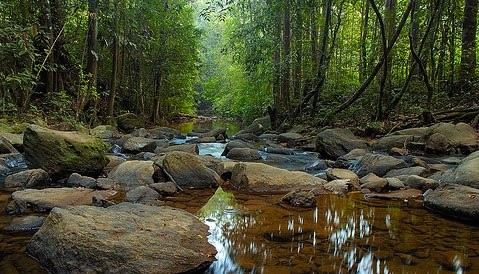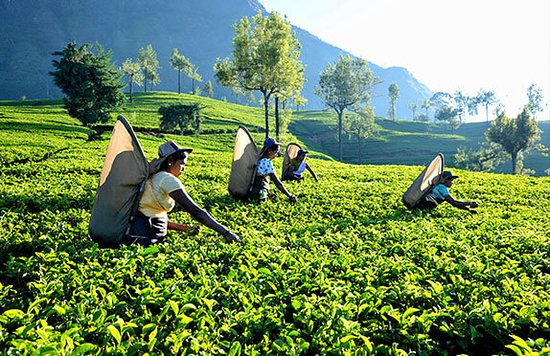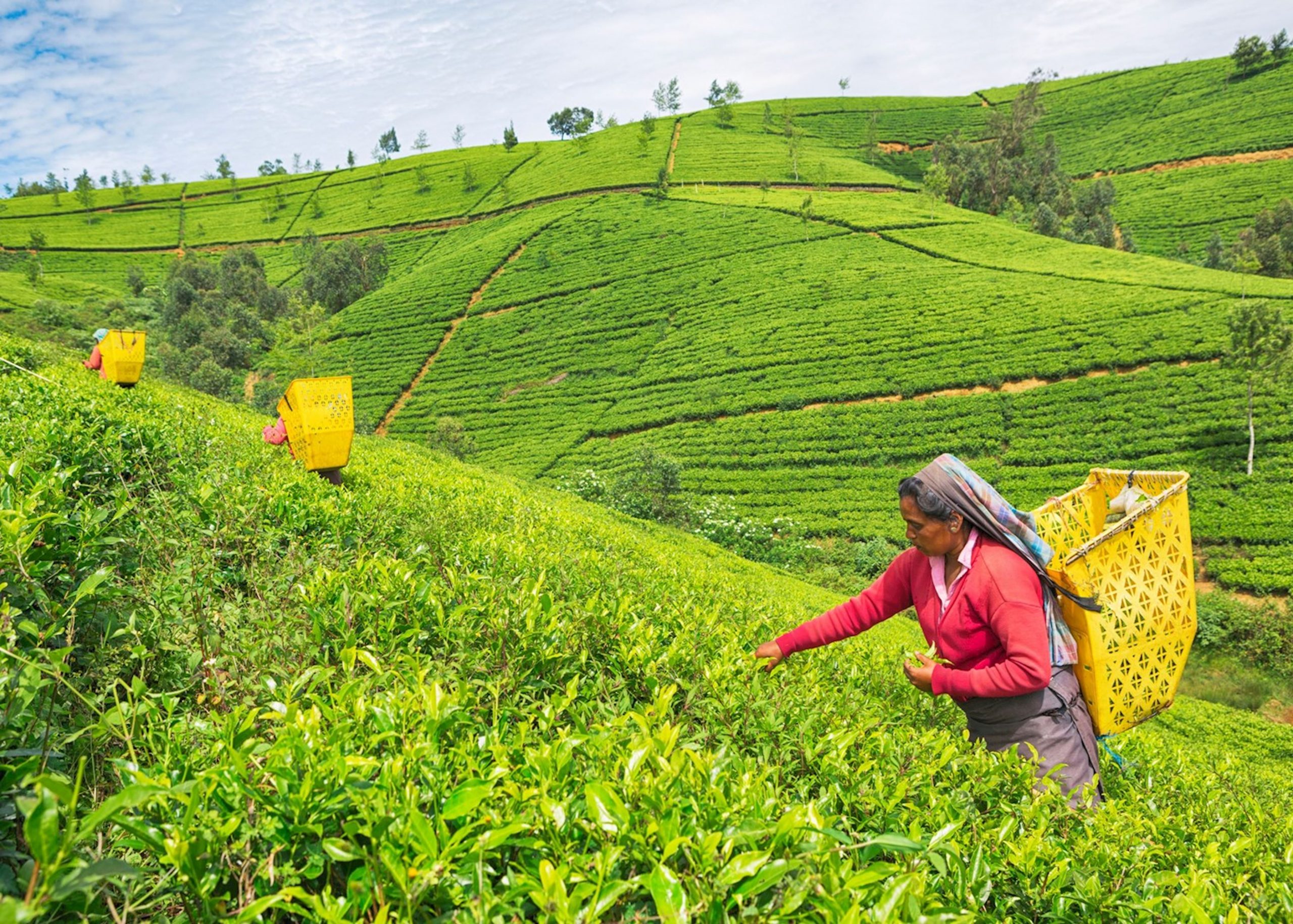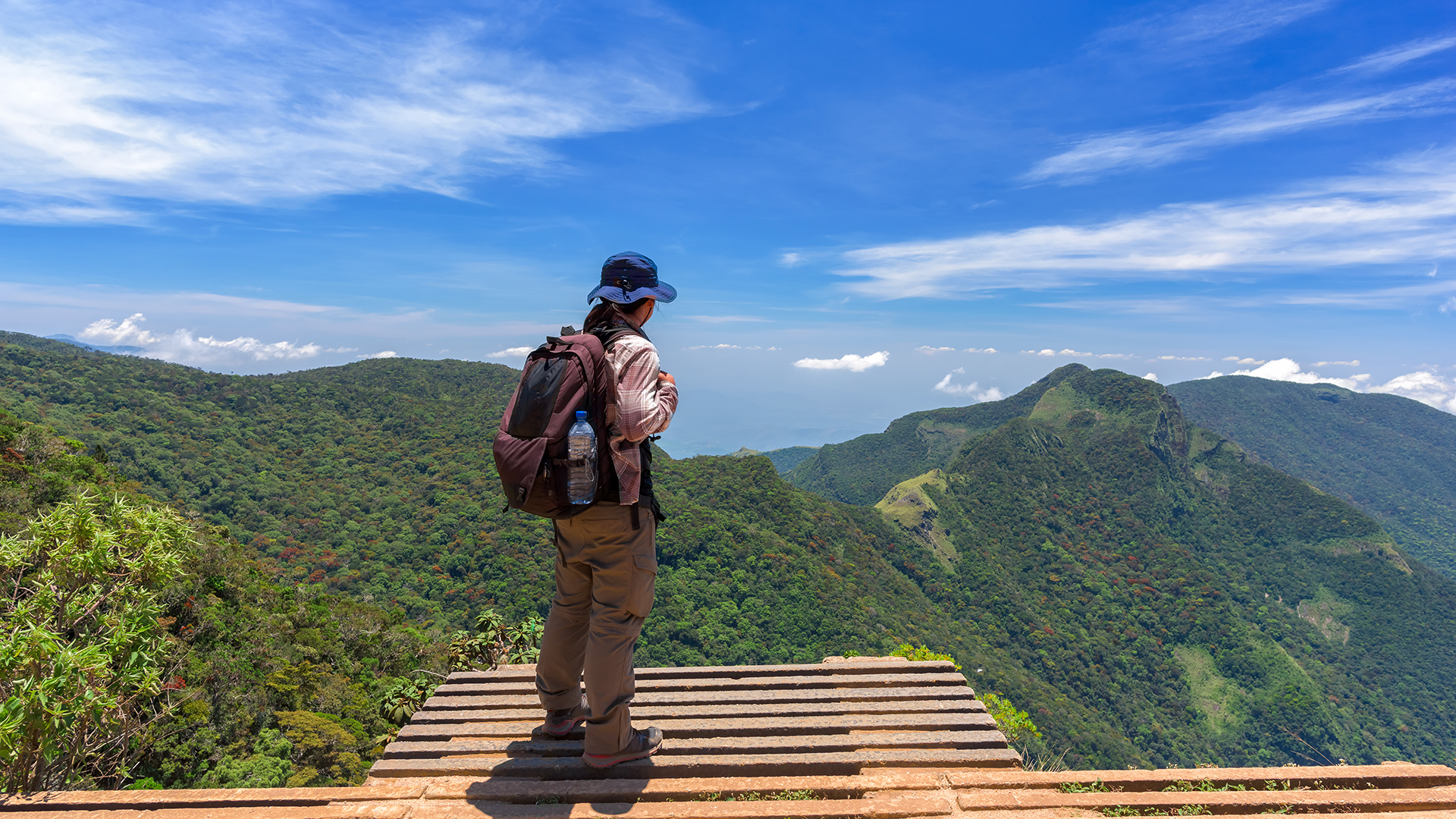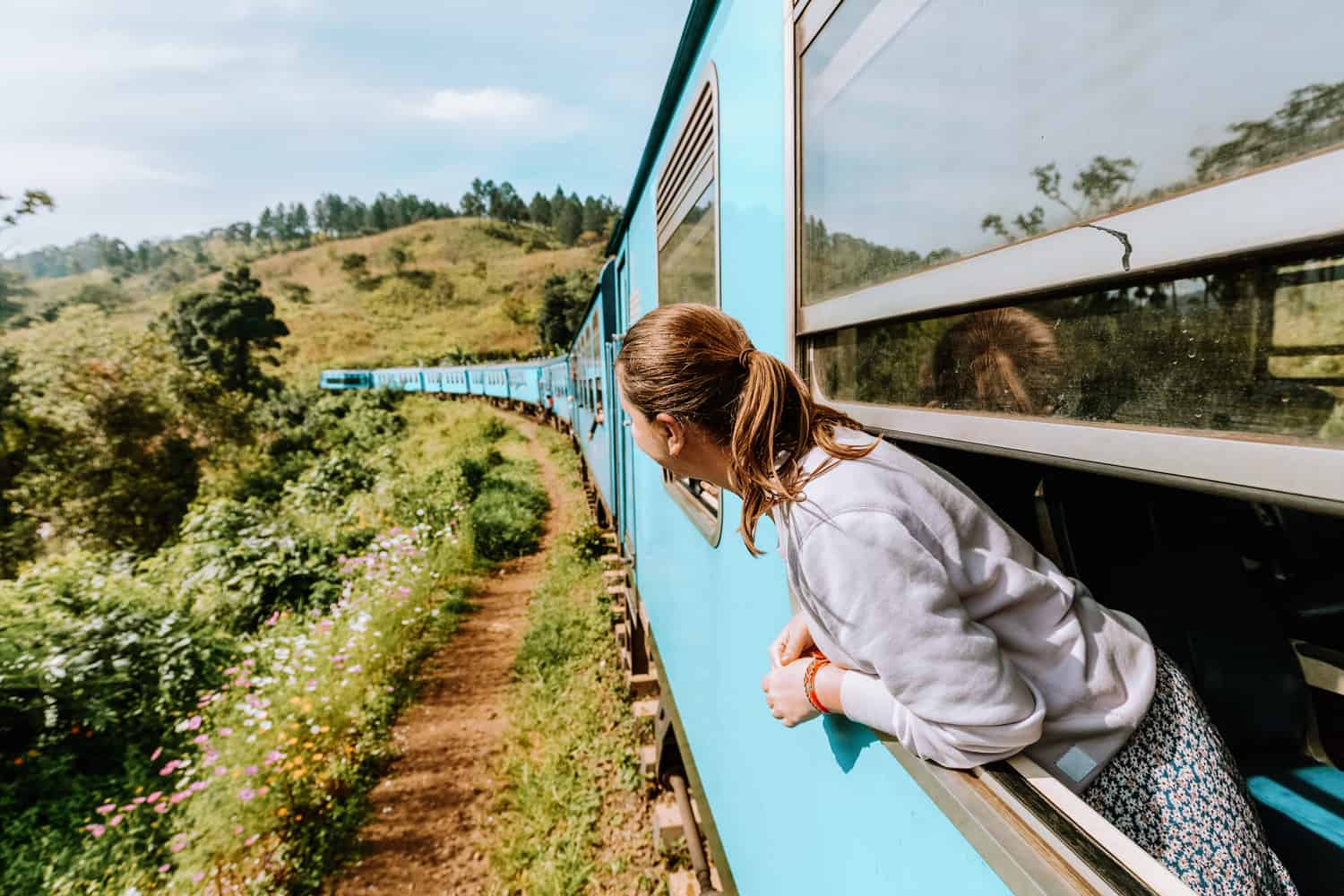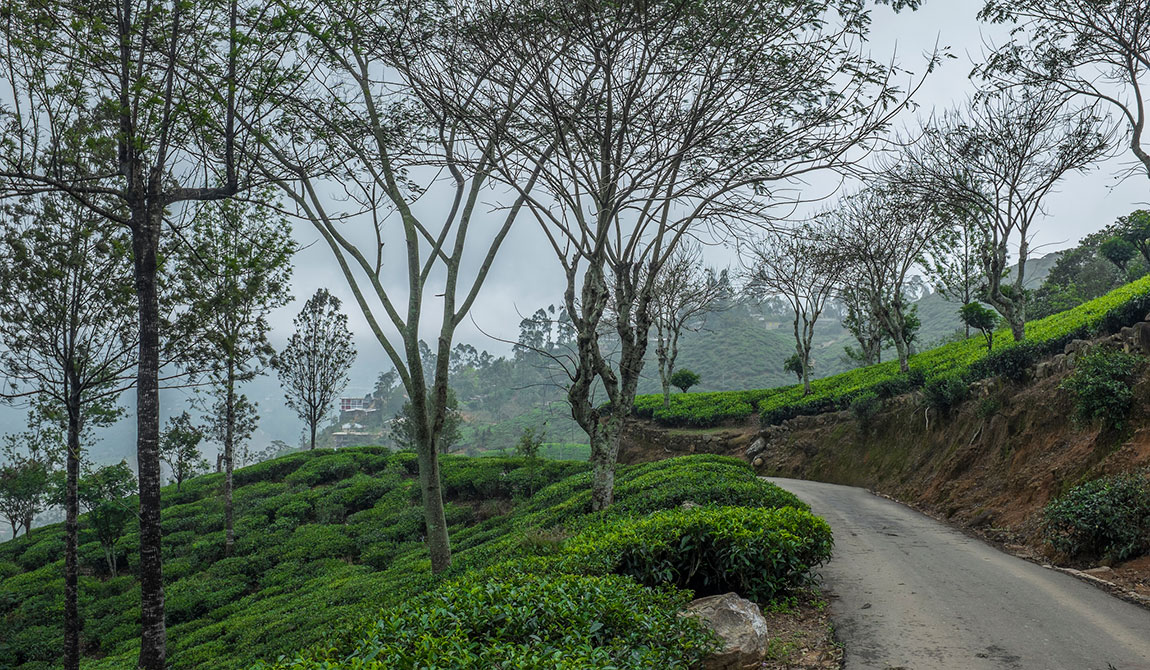Sri Lanka
Explore Sri Lanka & Uncover Exotic Destinations
Popular Destinations
ri Lanka, voted the number one holiday destination in the world, is a jewel of an island in the Indian ocean. A favorite spot for travelers from the time of Marco Polo and Iban Battuta, travelling around Sri Lanka with MANGO VACATIONS is truly the experience of a lifetime. Golden beaches and wild safaris, ancient Dagobah and famous kovils, over 2000 years of culture and history is packed into this byte sized island. Sri Lanka travel agency Mango Vacations, provides all its guests with tailor made VACATION & SRI LANKA TOUR PACKAGES by which to experience Sri Lanka.
Colombo
Colombo is a city that makes you feel home no sooner you reach it. Known to Roman, Arab and Chinese traders for 2000 years as well as Indian traders from Calicut and Gujarat also made it their rendezvous point with the Arabs from the Gulf of Oman. The natural point of convergence for traders from the remotest recesses of the past today it is a vibrant city frequented by visitors both on holiday in Sri Lanka or a Stopover in Sri Lanka on their way to the heart of Asia. Colombo withstood the turbulence of European conquest with its ancient charm and elegance. In the process it became the seventh largest sheltered port in the world in 1907. Its demography mirrors its captivating history with a mix of Buddhist, Hindu, Muslim and Christian ethics. Many great landmarks within its Municipality display this colorful history.
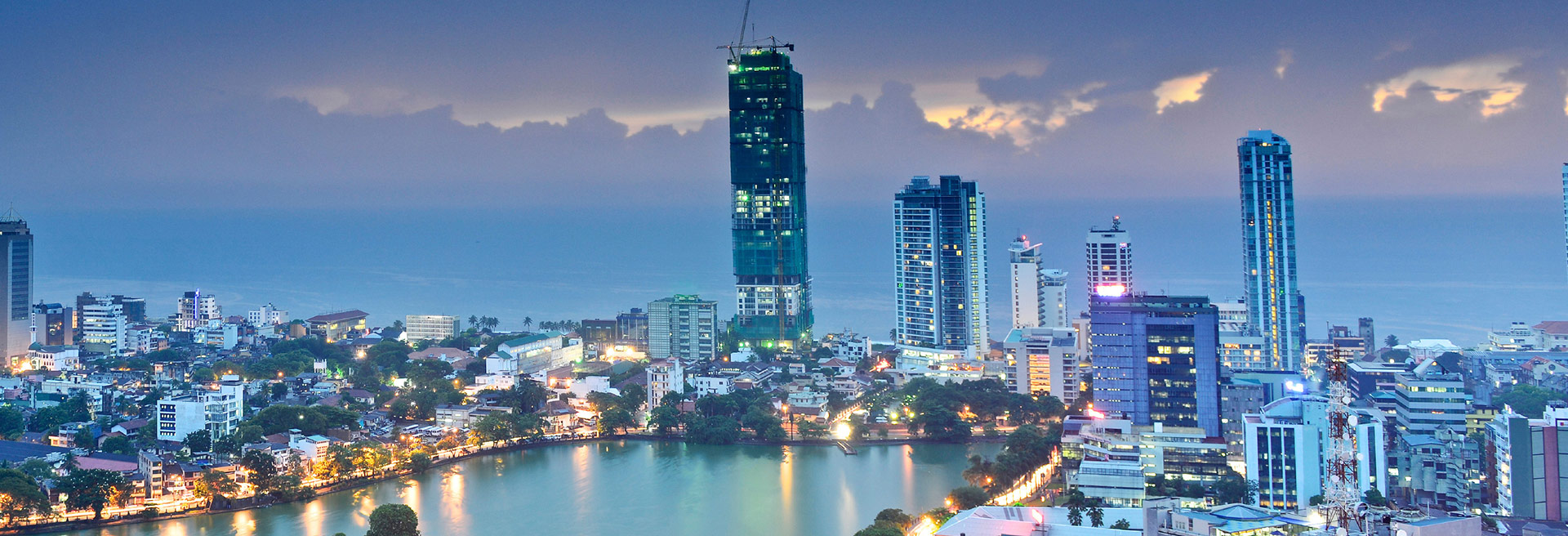
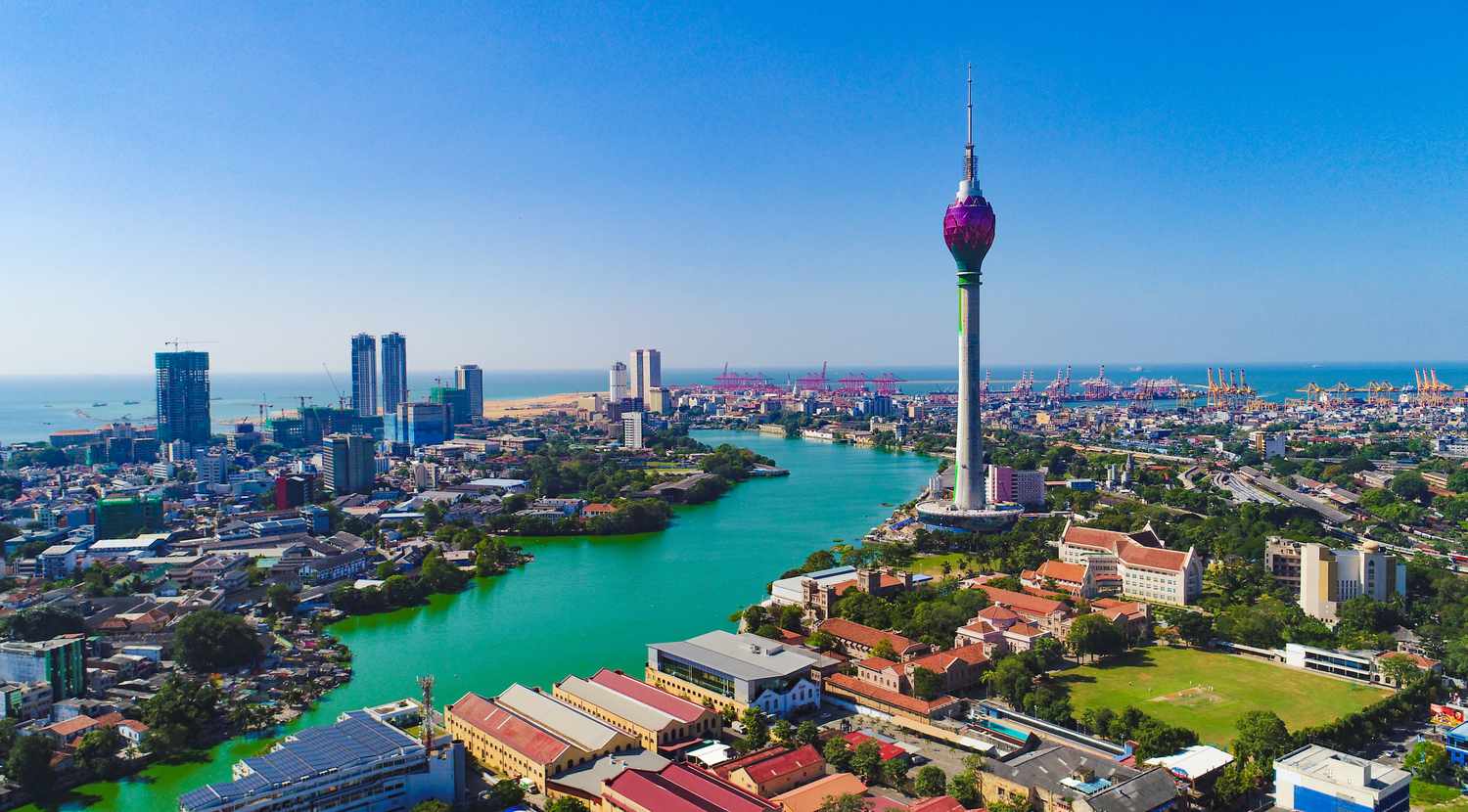
The picturesque Gangaramaya Temple with its Sacred Enclosure of Higher Ordination built on the Dutch built Beira Lake, the Sri Kailasnathasr Hindu temple that overlooks the Colombo Fort Railway yard, the Dewatagaha Mosque where a 19th century Sufi saint is entombed, St. Lucia’s Cathedral, Wolvendaal Dutch Reformed Church and the Anglican St. Michaels Church built of stone, mortar and wood narrate the story of a city that still stands on the crossroads of evolving history. The Port of Colombo is one of the world’s largest artificial harbors, that is still under expansion. It is a major Indian Ocean seaport. As the main commercial hub of Sri Lanka, Colombo is the preferred location for the operations of both foreign and local banks, insurance companies and global investment and financial service providers. The part of the city known as the Fort was first built by the Portuguese as their protected enclave. It was modified by the Dutch. The British had little use for its fortifications after its total conquest of the island. It is now an important commercial center with many offices, five-star hotels, attractive shops and banks. The 19th century Clock Tower was once a lighthouse. Other historic landmarks are the President’s House and Gardens which was the residence of the British Governors from the time of the Dutch occupation. The Dutch left some remarkable imprints behind.
Most of them can be seen in the Dutch Museum located in the fort in a well preserved building of the Dutch period. The Mount Lavinia Beach is one of the sought after resort areas only 2kms away from Colombo. The hotel that bears the name was once the residence of Sir Thomas Maitland, the British Governor who built it as his weekend retreat in 1805. The oldest hotel east of Suez is at one end of the Galle Face green, a wide promenade popular with all residents and visitors. Colombo has some of the oldest residential properties with ornate arcades, wide verandahs and painted ceilings of colonial buccaneers, bankers and barons who made their fortunes in trade shipping and plantations. They are of such antiquity that they need to be protected however prohibitively expensive to be lived in. Today they form one of the most extravagantly comfortable strings of Sri Lanka Boutique hotels in the whole region. The dream home away from home for a holiday in Sri Lanka which may well turn in to a prolonged vacation in Sri Lanka.
Rainforests
Rainforests are incredible places that cover only 6% of the surface area of the Earth, however more than half of the world’s plant and animal species live in them. The reason they are called rainforests is that they receive a high amount of rainfall annually. Consisting of tall, dense jungle, the climate inside a rainforest is hot and humid. At one time in Sri Lanka rainforests consisted of over 26% of the land area, however, today only 2% is left of forest cover. Hence it is no surprise that all rainforests on the island have been declared protected areas with Sinharaja designated as a World Heritage site. The title of World Heritage Site is granted by UNESCO and it means that the area has been listed as a place of special significance to the common heritage of humanity.
It is therefore in the interest of mankind to preserve and protect such sites. The rainforests of Sri Lanka are treasure troves of biodiversity and beauty. Most of the island’s rainforests are located on the western and southern slopes of the mountains of Sri Lanka and they are well worth a visit. The three most famous rainforests in Sri Lanka are Peak Wilderness, 250 km2, Knuckles, 175 km2, and the Sinharaja World Heritage Site, 90 km2. The elusive Loris, the majestic elephant, and fierce-eyed leopards are found within these rainforests.


Peak Wilderness Sanctuary
The third-largest natural reserve in Sri Lanka, the Peak Wilderness Sanctuary is a tropical rainforest that derives its name from the surrounding areas of Adams Peak, Horton Plains, Pidhurutalagala, and Hakgala. In 2009 the world’s rarest toad, the Adenomus kandianus which was thought to be extinct for 133 years, was rediscovered in this rainforest.
Hill country
Before tea was introduced to the island Pearl fishing was the mainstay of the island’s economy. Georges Bizet’s opera The Pearl Fishers, first performed in Paris in 1863 is set in Ceylon. In 1863 Sri Lanka then referred to as Ceylon was famous for Pearls. Tea came later. Before Tea, the British Tried Coffee. The entrepreneur James Taylor imported the first tea plants from Cathay in 1863. It was in 1863 that the Opera “the Pearl Fishers” by Georges Bizet set in Sri Lanka was first performed in Paris. An “opera seria” was being enacted in the hill country of the British colony. The central hills were then cleared for tea plantations. Despite the rapacious advance of colonial commercial exploitation, the largest and the least disturbed remaining areas of the montane rain forests of Sri Lanka are a treasure trove of nature. It is regarded as a global super-hot spot for conservation.
The carpets of thick emerald-green tea bushes that cover the mountain slopes are the reason for the paved roads that wind their way up to Nuwaraeliya, the convenient base for your discovery of the hill country. The Nile explorer Samuel Baker who trekked through these pristine forests long before these paved roads writes “– One fact I wish to impress upon all–that the coloring of every description is diminished and not exaggerated, the real scene being in all cases a picture, of which the narration is but a feeble copy.” The exquisite perfection of nature that blended high peaks reaching to the clouds with Verdant Mountain slopes, cascading waterfalls, and glittering streams were an irresistible lure to the British.
Anuradhapura
Anuradhapura is one of the island’s most famous ancient cities, firmly in place on any tours in Sri Lanka. The ancient ruins predating the Christian era puts Anuradhapura in the pantheon of human history along with Athens, Alexandria, and Patalipurhra. It depicts the trajectory of the Sinhalese civilization from the time it was founded in the 4th century BC. The Mahavamsa, the historical chronicle affirms that the city was founded in 380 BC.
The capital city of Sinhala Kings of Sri Lanka suffered, survived, was razed to the ground, and was rebuilt like most other cities whose prosperity and the envy of rulers in its proximity was a recipe for recurring disasters and innovative engineering in reconstruction.
Polonnaruwa
Polonnaruwa is an ancient city with some very well preserved ruins despite the damage inflicted by invaders, is a must-visit place in the itinerary of an all-inclusive tour of Sri Lanka. This metropolis of antiquity was created in the 12th century by the Sinhala monarch Parakramabahu the 1st and is an astonishing urban settlement. The striking harmony between its buildings and its natural surroundings attests to civilization at its zenith with a sure grasp of aesthetic sensitivity and architectural design.
The Chula invaders from South India who launched successive invasions practiced Brahmanism, whilst the Sinhalese Kings were devoted Buddhists. The Hindu shrines and Buddhist monasteries that stand in silence emanate the zealotry of the invader and the determination of the defender. Monasteries that sheltered monks from Ramanna Desha (present-day Myanmar) testify to the close ties that existed between the two Buddhist kingdoms during the Polonnaruwa period.
Habarana
Habarana is a small picturesque city in the Anuradhapura District in the northern central region of Sri Lanka. The city is famed for its chain of high-class tourist resorts which are extremely eco-friendly and have been built towards the beneficial aspects of the natural environment. It is an ideal destination for safari lovers as it is the starting point for safari tours in the nearby Minneriya Sanctuary which is heavily populated by elephants and other species of wildlife.
Things to do in Habarana
- Visit Minneriya National Park
- Visit Kaudulla National Park
- Visit Ritigala Forest Monastery
- Visit Hurulu Eco Park
- Visit Habarana Buddhist Temple
Sigiriya
Sigiriya is both a palace and a fortress of stunning splendor and is a tribute to its ingenious builders. Lest we forget the King who wanted a Sri Lanka Holiday deal in a palace built on the flat top of a rock with a terrace and a mirror wall. The entrance is at mid-level, through the Famous Lion gate that gives Sigiriya its name making it the perfect tailor-made holiday in Sri Lanka. The frescoes of Heavenly Maidens -some twenty, sensuously captivating beauties who have survived out of nearly 600 dates to the time of the playboy King Kashyappa, narrate in paint the pleasures of a pristine past of a land that you have chosen when you decided on your Sri Lanka vacation.
Sigiriya is an architectural marvel and a classic example of urban planning in the first millennium. A park laid out on a symmetrical plan to appease Royal indolence and water retaining structures with ingenious surface and subsurface hydraulic systems will surprise you, as most of them function to this day.
Kandy
Kandy is a city with graceful charm, radiating an ambiance of antiquity that you will find only in a Sri Lanka holiday. Do insist on spending at least two whole days in the city of the last Sinhala Kings of the island, your Sri Lanka tour operator will not hesitate! Cocooned in the comfort of a protected valley in the central hills of Sri Lanka, the city at 500 meters (1640 feet) above sea level is home to the Temple of the Sacred Tooth Relic and a vast array of shrines, and temples dating back to the 14th century.
In 1592 Kandy became the capital of the Sinhala kings who repulsed the Portuguese and Dutch invaders. They held out against the British until 1815. The proud city is also home to several monuments, including the Dalada Maligawa the “Palace of the Sacred Tooth Relic”- the symbol of sovereignty of the nation, a must visit site in your Sri Lanka Holiday. The Magul Maduwa – The Audience Hall with its wooden columns is the epitome of Kandyan architecture.
Arugam Bay
Arugam Bay is a small fishing village on the East Coast of Sri Lanka. The discovery of the bay by surfers has made Arugam Bay one of the sought-after surfing spots in Sri Lanka tourism. The beautiful bay with its gorgeous sweeping sand with amazing swells and long consistent breaks is one of the top ten surfing destinations in the world. The spectacular view, the sugar sandy beaches, and the surrounding tropical forests with choice wildlife give it an ambience that falls a little short of being extravagantly exotic.
This makes it a perfect place to unwind and allow the sea to seduce you in to snorkeling, swimming, and surfing with a sigh of satisfaction that you planned your holiday well. The surfers will find three points on the stretch of beach that attracts surfers from around the world from April to October. Pottuvil Point which is an hour and a half away by a cab or a tuk tuk is considered by seasoned surfers to be out of a dream of. It is a deserted stretch of sandy beach strewn with huge boulders at the edge.
Kalpitiya
Kalpitiya is a settlement of traditional fishing families sitting in comfort on the water’s edge of the Puttalam lagoon. The lagoon, with a water surface area of about 32,750ha – is one of the largest lagoons in Sri Lanka. The scenic attractions include the Kalaoya estuary (one of Sri Lanka’s largest mangrove habitats), the Meeoya estuary, the Dutch Bay, and the Portugal Bay. Kalpitiya and the surrounding little islands have mangroves, seagrass beds, and extensive coral reefs. The combination makes it heaven to be enjoyed a long Sri Lanka vacation of swimming, snorkeling watching whales and dolphins.
The brilliant sunset across the azure seas and constantly listening to the hush of nature makes it an exclusive Sri Lanka honeymoon holiday. The air-conditioned chalets that are hidden away in the estuary can be a Tailor-Made Sri Lanka package of exquisite ecstasy. The coastal ecosystems provide vital services for human well-being.
Kitulgala
Kitulgala is a small town perched on the hills that slope down to the gushing waters of the Kelani River. The road that snakes its way up the central hill country bifurcates the little town that is one with the myriad charms of its surroundings. It is directly accessible from Kandy, Nuwara-Eliya, Ratnapura, and Colombo. discovery of fossils connected to the pre-historic man in nearby Beli Lena caves and the filming of “Bridge over River Kwai” where David Lean chose the river nearby to narrate the cruelty of modern man makes Kithulgala a place to see in any Sri Lanka holiday deals. Known to be the largest cave in Sri Lanka, the excavations at Beli Lena have unearthed skeletal remains of the pre-historic “Balangoda man” (Homo sapiens Balangodensis) believed to be more than 32,000 years old.
Batticaloa
The magnificent beaches of Pasikuda and Kalkuda flank Batticaloa as two beautiful consorts protecting a dowager queen. Batticaloa is situated on the east coast of Sri Lanka with a great lagoon and a beach. On moonlit nights a melodious sound emanated from the picturesque lagoon is attributed to its singing fish. Fascinating facets of culture include the small community of descendants of Portuguese soldiers who still cling on to a fast-vanishing dialect of Creole Portuguese that is said to be similar to Medieval Portuguese. The white sand is composed of granules so fine, that it gives you the sensation of walking on a warm wooly surface. The longer, darker-hued Kalkuda Bay is one of those whimsical picture-perfect scenes with sailing boats, coconut palms, and azure water that tells you “come wade in” with a naughty wink. Pasikuda, Kalkuda, and Batticaloa offer safe swimming and snorkeling with clean beaches.
Matara & Tangalla
Matara is at the mouth of the Nilwala River further south of Galle. Its name is descriptive of its location –the great ford. Both under Portuguese and Dutch occupation it was an important commercial center. With sandy beaches, fragrant spice plantations, and green paddy fields Matara is a bustling town sandwiched between sandy beaches and the pastoral countryside. It has a well-preserved Dutch fort facing the Indian Ocean, built by the Dutch in 1640. It is a fortification of a Portuguese garrison.
The fort has many structures from the Dutch and British periods. The oldest of the colonial past that still invites attention is the Dutch church. The 40M high lighthouse was built in 1890 to guide the ships plying the busy sea lane in an age before Radar is 6kms away. Nearby is the historic shrine dedicated to the Hindu deity Vishnu worshipped by Buddhists as the God entrusted with the mission of protecting Buddhism in Sri Lanka.
Colombo
Colombo is a city that makes you feel home no sooner you reach it. Known to Roman, Arab and Chinese traders for 2000 years as well as Indian traders from Calicut and Gujarat also made it their rendezvous point with the Arabs from the Gulf of Oman. The natural point of convergence for traders from the remotest recesses of the past today it is a vibrant city frequented by visitors both on holiday in Sri Lanka or a Stopover in Sri Lanka on their way to the heart of Asia. Colombo withstood the turbulence of European conquest with its ancient charm and elegance.
The picturesque Gangaramaya Temple with its Sacred Enclosure of Higher Ordination built on the Dutch built Beira Lake, the Sri Kailasnathasr Hindu temple that overlooks the Colombo Fort Railway yard, the Dewatagaha Mosque where a 19th century Sufi saint is entombed, St. Lucia’s Cathedral, Wolvendaal Dutch Reformed Church and the Anglican St. Michaels Church built of stone, mortar and wood narrate the story of a city that still stands on the crossroads of evolving history.
Negombo
Negombo is a city that offers a sampling of all Sri Lanka attractions. The Negombo lagoon, the sea, the scenic beaches, and a large polyglot community, reflect the essence of the ultimate Sri Lanka holiday experience. Ornate Buddhist temples, Hindu shrines, Christian churches, and Muslim mosques testify to the spiritual harmony of a cosmopolitan community that has seen it all from the age of discovery, trade, and conquest.
The Dutch Canal and a Fort stand are ready to testify to its claim to be the first Sri Lankan destination you should visit when the Sri Lanka flight lands at the International Airport which is only 40 minutes away. The facilities for swimming, snorkeling, diving, windsurfing, deep-sea fishing, and scuba diving tell you why holidays in Sri Lanka are a compact package that gives you both multiple pleasures and value. Negombo had its early beginnings as a trading port for Arab traders who came to Serendib (Sri Lanka) in search of cinnamon.
Dambulla
The Dambulla Cave Temple is traced to the 1st century BC and is the most treasured cave temple in Asia. It has five caves under a vast rock that overhangs the temple. On the underbelly of the Rock is carved a drip line that keeps the interiors dry. Inside the caves, the ceilings are adorned with intricate patterns of religious images meticulously painted following the natural contours of the rock. Images of the Buddha and bodhisattvas and gods and goddesses are to be seen inside. The cave monastery remains the best-preserved historical structure in Sri Lanka that dating back to the 2nd and 3rd centuries BC. It remains to this day a living Shrine that draws thousands of devotees and curious visitors.
The temple has five caves imaginatively converted to shrines. The caves built at the base of a 150m high rock during the first century BC to 993 AD and between 1073 -1250 are the most inspiring cave temples of the many cave temples in Sri Lanka.
Pinnawala
Pinnawela is a beautiful village on the banks of a river near Kegalle, a town that is between Colombo the commercial capital, and Kandy the cultural capital. The pictorial village is the world’s only elephant orphanage that cares for the largest elephant herd in captivity. It shelters many baby elephants, as well as a blind elephant and one crippled. The Sri Lankan species Elephas Maximus Maximus is the largest of the Asiatic elephant genus and has patches with no skin color on its ears, face, trunk, and belly.
They are the darkest of all Asiatic elephants. Seeing this large herd of these behemoths is a great experience you can have on a Sri Lanka trip. In February 2011, the Elephant Orphanage of Pinnawela recorded the birth of the 55th baby elephant in its 40year existence.
Galle
Galle is a port city that has been known to chroniclers of civilizations mariners and traders from the days of King Solomon. Legends woven about Sri Lanka describe how King Solomon got peacocks and cinnamon through the port of Galle. If not true they may well approximate truth, for the phonetic genesis of “Cinnamon” is traced to Hebrew. The Greek geographer Cosmas Indicopluestas of Alexandria, mentions Galle as an important stop for Ships and Sailors of the Levant as early 6th century of the first millennium. Galle in the Sri Lanka Map has attracted Persians, Arabs, Greeks and Romans from the west and Indians and Malays from Gujarat and Malacca. Galle enters modern history in 1505 when the first Portuguese ship of Lorenzo de Almeida was driven to its inviting bay.
Adam’s Peak
The base of this famous triangular-shaped mountain could be reached from Nuwaraeliya in a leisurely drive of one and half hours. The sinuous trail to Adams peak sacred to four religions Buddhist, Hindu, Muslim, and Christian is a journey past the 80m St. Clair falls, 98m Devon falls, and some of the best tea growing plantations. Buddhists believe that the large foot imprint in the shrine atop Adams peak was left by the Buddha.
The Christians think the footprint is that of St. Thomas the Apostle who prayed on top of this summit. To the physical fir, it is an immensely gratifying experience best undertaken during the pilgrim season from December to May. The ascent is best undertaken around 2 am to reach the summit before Sun Rise.
Hambantota
The narrative of Hambantota, now emerging as a maritime hub of the Indian Ocean has to start with its name. The port city of today was also the refuge of Malay seafarers who attempted to sail with the westerly winds from the straits of Malacca. The Malay voyagers came in their Sampans on the ancient maritime silk route.
The town still has the largest Malay community whose forefathers brought their women along in their pursuit of a permanent piece of vacation in Sri Lanka. The tides of trade in a new world order have again transformed the fortunes of this newest deepwater port city that caters to the constant flow of maritime traffic in both directions between the straits of Malacca and the Arabian sea. Hambanthota marks the transition from the wet zone to the dry zone that opens into the plains of shrub jungle.
Rainforests
Rainforests are incredible places that cover only 6% of the surface area of the Earth, however more than half of the world’s plant and animal species live in them. The reason they are called rainforests is that they receive a high amount of rainfall annually. Consisting of tall, dense jungle, the climate inside a rainforest is hot and humid. At one time in Sri Lanka rainforests consisted of over 26% of the land area, however, today only 2% is left of forest cover. Hence it is no surprise that all rainforests on the island have been declared protected areas with Sinharaja designated as a World Heritage site.
The title of World Heritage Site is granted by UNESCO and it means that the area has been listed as a place of special significance to the common heritage of humanity. It is therefore in the interest of mankind to preserve and protect such sites. The rainforests of Sri Lanka are treasure troves of biodiversity and beauty.
Peak Wilderness Sanctuary
The third-largest natural reserve in Sri Lanka, the Peak Wilderness Sanctuary is a tropical rainforest that derives its name from the surrounding areas of Adams Peak, Horton Plains, Pidhurutalagala, and Hakgala. In 2009 the world’s rarest toad, the Adenomus Kandianus which was thought to be extinct for 133 years, was rediscovered in this rainforest.
Knuckles
The Knuckles Mountain range includes sections of Kandy and Matale with the Mahaveli Valley separating it from the Central Hills on the South and East while the Matale valley does the same on the West. It was named Knuckles because the mountain range looks like a clenched fist. Its importance lies in its clear water, cloud forests, and unique flora and fauna.
Sinharaja World Heritage
A national park and biodiversity hotspot in Sri Lanka, the Sinharaja rainforest is of global importance and has been named a World Biosphere Reserve as well as a UNESCO World Heritage Site. Part of Sri Lanka’s lowland rainforests, this reserve is a goldmine of endemic species including reptiles, birds, mammals, insects, and trees.
It is difficult to part from these magnificent forests with their exceptional ensemble of flora and fauna. In order to truly embrace the natural beauty of Sri Lanka, it is essential that you undertake a forest trek through these incredible rainforests.
Hill country
Before tea was introduced to the island Pearl fishing was the mainstay of the economy the island. Georges Bizet’s opera The Pearl Fishers, first performed in Paris in 1863 is set in Ceylon. In 1863 Sri Lanka then referred to as Ceylon was famous for Pearls. Tea came later. Before Tea, the British Tried Coffee. The entrepreneur James Taylor imported the first tea plants from Cathay in 1863. It was in 1863 that the Opera “the Pearl Fishers” by Georges Bizet set in Sri Lanka was first performed in Paris. An “opera seria” was being enacted in the hill country of the British colony.
The central hills were then cleared for tea plantations. Despite the rapacious advance of colonial commercial exploitation, the largest and the least disturbed remaining areas of the montane rain forests of Sri Lanka are a treasure trove of nature. It is regarded as a global super-hot spot for conservation.
Nuwara Eliya
Discovered and developed as a hill sort for its collection of forests and meadows and the salubrious climate Nuwaraeliya became a quaintly cloned English village. The red-roofed Post Office, the granite edifice of the Hill Club, an 18hole Golf Course, a picturesque lake, and a Race Course made it a surreal Surrey village with many famous attractions and hidden treasures that are away from the tourist beaten track.
They await your discovery. Nuwaraeliya is conveniently covered under the shadows of the tallest mountains of the island with all attractions of scenic beauty, adventure, and curious conundrums of nature within easy reach. Hiking and Trekking are not possibilities. They are opportunities not to be missed.
Horton Plains
Horton Plains is a plateau with a unique and fragile ecosystem located 2,150m above sea level. These tranquil grassy woodlands endlessly swept by crisp, sharp, biting winds are home to endemic highland birds, leopards, and Sāmbhar deer. Horton Plains covers a land area of 3,160 hectares (12.2 sq. mi). It contains the most extensive part of the cloud forest in Sri Lanka. Considered the most prized watershed in the country it holds the headwaters of three major Sri Lankan rivers, the Mahaweli, Kelani, and Walawe. The plateau drops abruptly by 1650 meters at the “Worlds End” the only plausible description that fits the frightening abyss below, often covered by a mystic mist.
Ella
Ella is a small sedentary town. 50kms from Nuwara eliya. With its single street bazaar, it is more than a village and less than a Town if not for its mesmerizing location. Its famous attraction is the Ella gap. It is best that you learn of it from one of its earliest admirers. Sit James Emerson Tennant Colonial Secretary 1845-1850. “Perhaps there is not a scene in the world which combines sublimity and beauty in a more extraordinary degree than that which is presented at the Pass of Ella, where, through an opening in the chain of mountains, the road descends rapidly to the lowlands, over which it is carried for upwards of seventy miles, to the south coast of the island.
Haputale
Haputale is 44Kms from Nuwaraeliya. The tiny town precariously perched on a mountain ridge at an elevation of 1579 meters is ensconced in the southern end of the Central Highlands. It has a justifiable repute for a climate that is both invigorating and restful. Its great attraction is that it offers an unimpeded view of the plains that extend to the coastal plains of the south and the east and the mountains to its north. It is hemmed in by the mountains of Horton plains, Hakgala, and, Namunukula among several other peaks. Turn again and you have another breathtaking view of the foothills that extend to the Southern parts of the island right down to the sea. Under the cloudless sky of a bright day, you may devour the sight of a pale blue border of the ocean.
Lipton’s Seat
Lipton’s seat is the high light of your wanderings with its magnificent view that was once the delight of Sir Thomas Lipton. It is the highest point of the mountain range, where the famous Tea planter of Ceylon, Sir Thomas Lipton used to admire & enjoy the panoramic view from the Fiefdom he built for himself at Haputale. Do not dally too long. You will miss your Tea and Tiffin if the mist sets in. Elle is a picturesque little town that you must visit that is only.
Namunukula
Namunukula at 2036m is a peak that stands in Isolation almost always taking refuge in clouds in the eastern part of the Uva basin that you say in eagle eye view earlier from atop Lipton’s seat at Haputale. The recommended approach to this seemingly reluctant and elusive mountain terrain is through the Spring Valley tea plantation. You have already seen the Namunukula mountain range from the Elle gap which is 19kms away.
Before you reach the foothills of the Mountain range with its nine peaks as its name implies you have a pleasant trek of 6kms through a maze of Rhododendrons and giant trees. Some extremely good primeval forest cover has been preserved on this range.
Pidurutalagala
The easiest approach to Pidurutalagala the highest peak in Sri Lanka (2524m) is a footpath from Nuwaraeliya. The path has been in use since the 19th century. Ernest Haeckel reached the peak on 16th February 1882 and Andreas Franz Wilhelm Schimper repeated the feat on 19TH September 1986. Although the mountain range extends northwest up to Kandy, you have to be content with the forest reserve that is left on the slopes of Pidurutalagala up to Le Vallon tea plantation in Galaha.
From the top of the rock Dotelagala you will have another fabulous view that will include the Victoria Reservoir past Kandy and Knuckles range beyond while closer to you lays Loolecondera plantation where Tea was first planted by James Taylor in 1863.
Thotupola Kande
Thotupola kande 2.357m the third highest peak of Sri Lanka is easily reached by a footpath from Horton plains from February to April and from July to September. This trail allows you into the deepest recesses of a cloud forest with the least resistance. Although it is the third highest peak the elevation gain is so gradual that the height you reach is only felt by the equally gradual sharpening of the bite of the winds that buffet you.
The stunning view of the surrounding savannas and patches of dense forests is by all accounts a rapturous rendezvous with mother earth. The primitive man worshiped mountain peaks for a good reason.
















